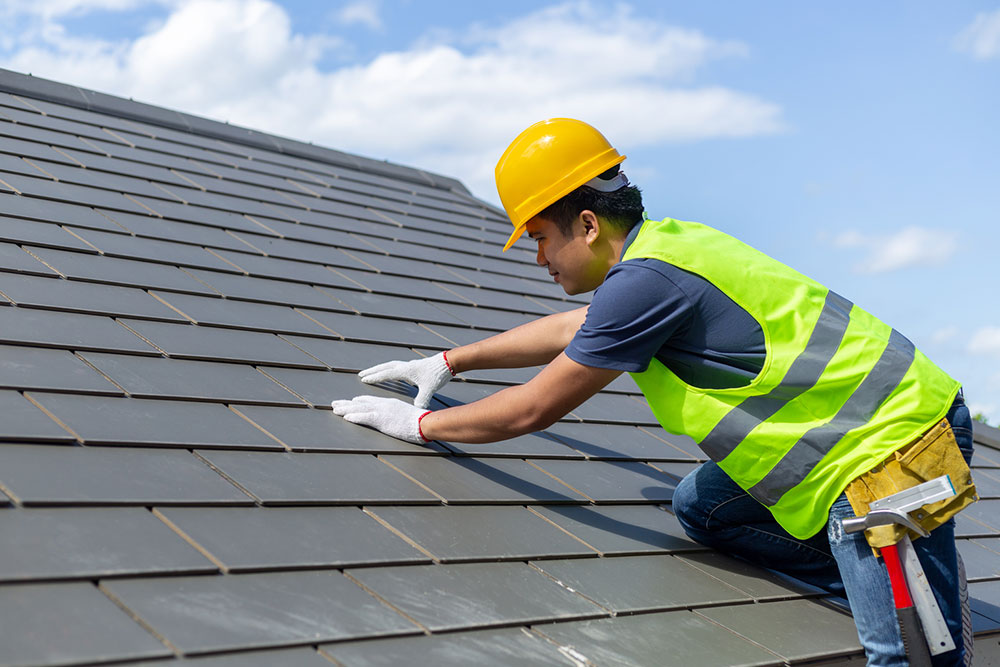5 roofing mistakes to avoid

Many homeowners opt for roofing projects to enhance the protection of their homes against natural disasters and improve the aesthetic appeal of the house. Whether one is doing it themselves or hiring a contractor, a significant amount of resources, money, and time goes into it. Therefore, it is important to ensure that the results are successful and meet one’s requirements. It is essential to be mindful of some of the common roofing mistakes.
Forgetting to apply for a roofing permit
Having a roofing permit is crucial because it ensures that the roofing work being carried out is safe for the house and complies with all the local building codes and regulations. In most areas, obtaining a permit is mandatory for a new roof installation. Failure to secure a permit may result in the risk of work suspension by the authorities and the imposition of heavy fines.
Retaining the old shingles
Some homeowners save on costs by skipping the step of removing old shingles from their roofs before installing new ones. While it may be legal in some areas to place new shingles over older ones, it is a mistake that can end up being costly. This is because installing new shingles on the old ones can create crevices and gaps where moisture and dirt can accumulate, leading to damage to the roof sooner than expected. Therefore, it is always best to remove the old shingles and replace them with newer ones to avoid any potential damage.
Forgetting to install a drip edge
Drip edges are typically made of aluminum and installed along the edges of the roof. Their primary function is to redirect the water residue away from the walls of the house and into the gutter. Without a drip edge, water may seep into the shingles and tiles of the roof, causing significant damage to the entire structure of the house. However, with a properly installed drip edge, there is assurance that no rainwater will get under the roof, keeping your home safe and dry.
Reusing the older roof flashing
Similar to drip edges, flashing is useful in preventing damage to the roof, vents, chimneys, and skylights. It also helps redirect accumulated water to prevent leaks and damage to the roof. Flashing, like the roof, undergoes regular wear and tear. However, some owners end up reusing the old flashing when installing a new roof. If overlooked, this can be a potential risk for water damage or leaks in the roof.
Not taking the attic into consideration
The attic is a crucial part of the roof. It ensures that the shingles and tiles on the roof have a solid foundation. Neglecting it during the roofing process can increase the risk of damage and reduce the lifespan of the roof. This is particularly true regarding the ventilation of the attic. For instance, if the attic becomes too hot, the excess heat can potentially cause damage to the roof. It will further disrupt the insulation of the attic, inflating energy bills.